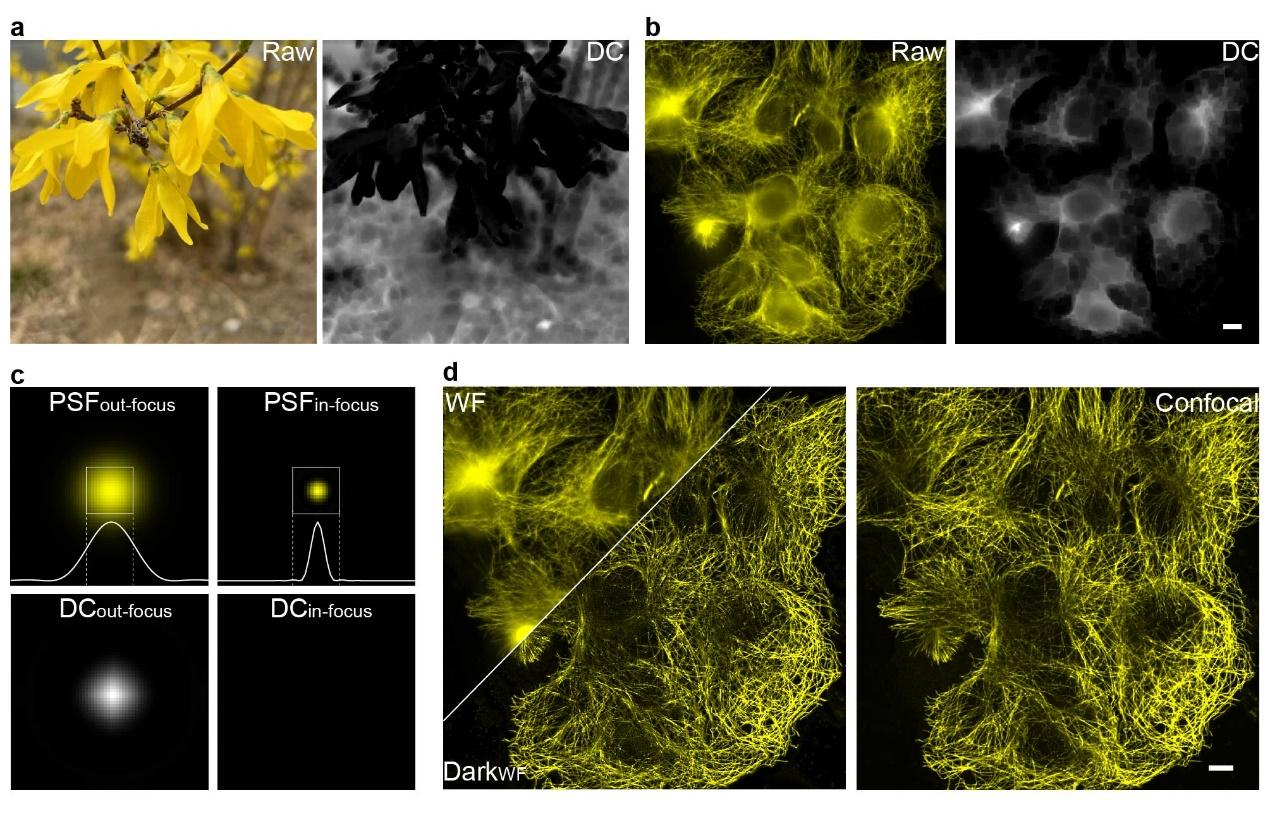2025-05-28 チャルマース工科大学

An AI system that learns language autonomously develops a language structured in the same way as human language. And just as we humans learn from previous generations, AI models get better when they take advantage of the knowledge of older relatives. This is shown by a study from Chalmers University of Technology and the University of Gothenburg, Sweden, which explores the mechanisms behind human language and provides important knowledge for the development of the AI of the future.
<関連情報>
- https://news.cision.com/chalmers/r/ai-learns-languages-in-a-similar-way-to-humans,c4155387
- https://academic.oup.com/jole/article/9/1-2/49/7907230?login=false
反復学習とコミュニケーションによる文化進化が効率的な色の命名システムを説明する Cultural evolution via iterated learning and communication explains efficient color naming systems
Emil Carlsson , Devdatt Dubhashi , Terry Regier
Journal of Language Evolution Published:22 November 2024
DOI:https://doi.org/10.1093/jole/lzae010
Abstract
It has been argued that semantic systems reflect pressure for efficiency, and a current debate concerns the cultural evolutionary process that produces this pattern. We consider efficiency as instantiated in the Information Bottleneck (IB) principle, and a model of cultural evolution that combines iterated learning and communication. We show that this model, instantiated in neural networks, converges to color naming systems that are efficient in the IB sense and similar to human color naming systems. We also show that some other proposals such as iterated learning alone, communication alone, or the greater learnability of convex categories, do not yield the same outcome as clearly. We conclude that the combination of iterated learning and communication provides a plausible means by which human semantic systems become efficient.



